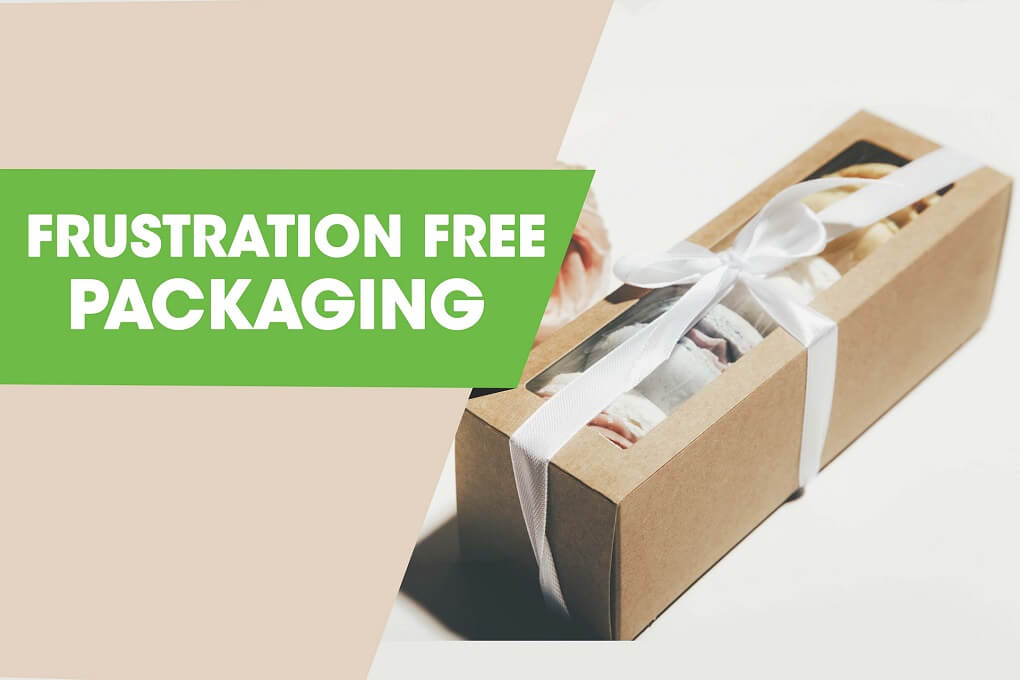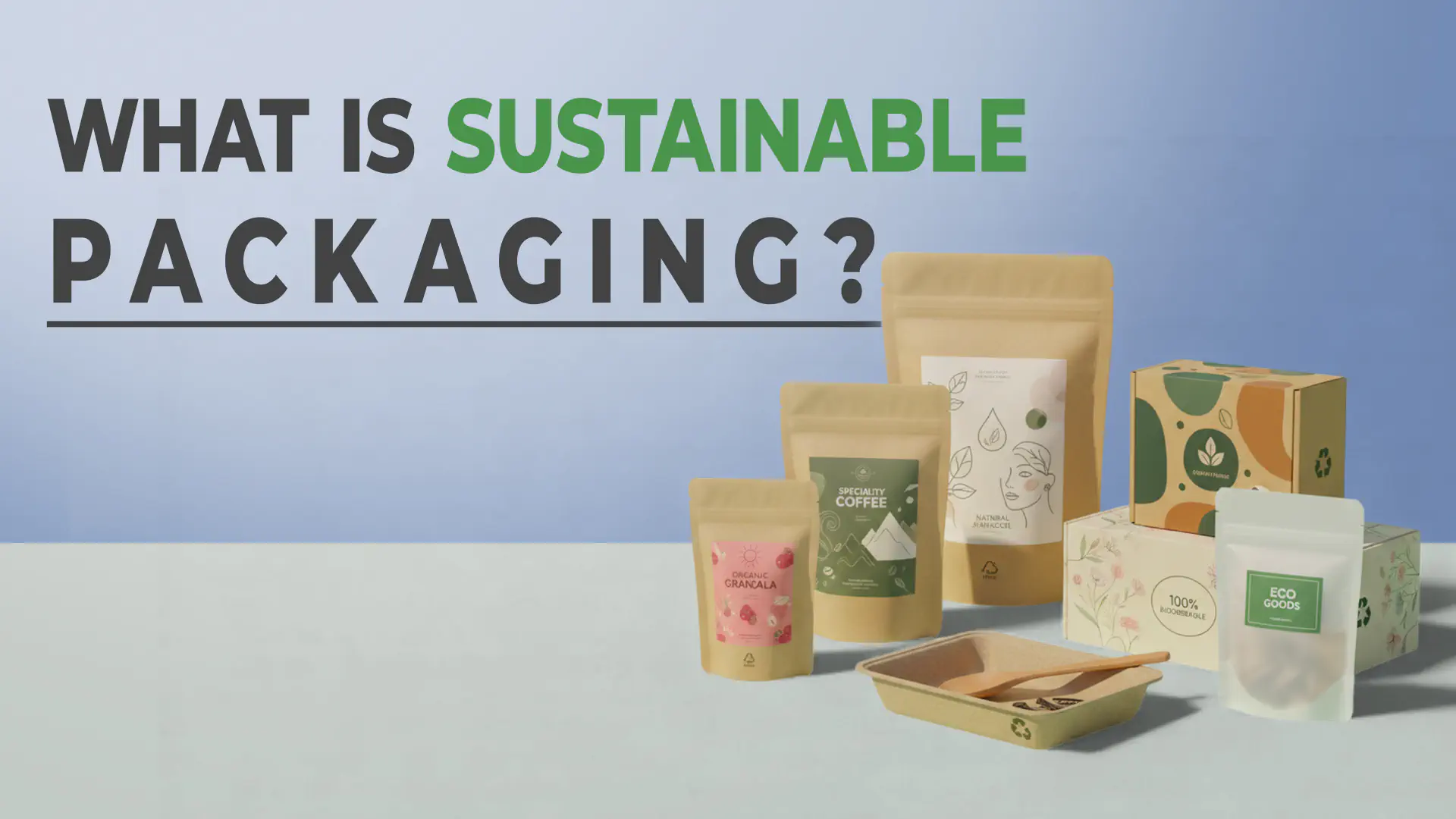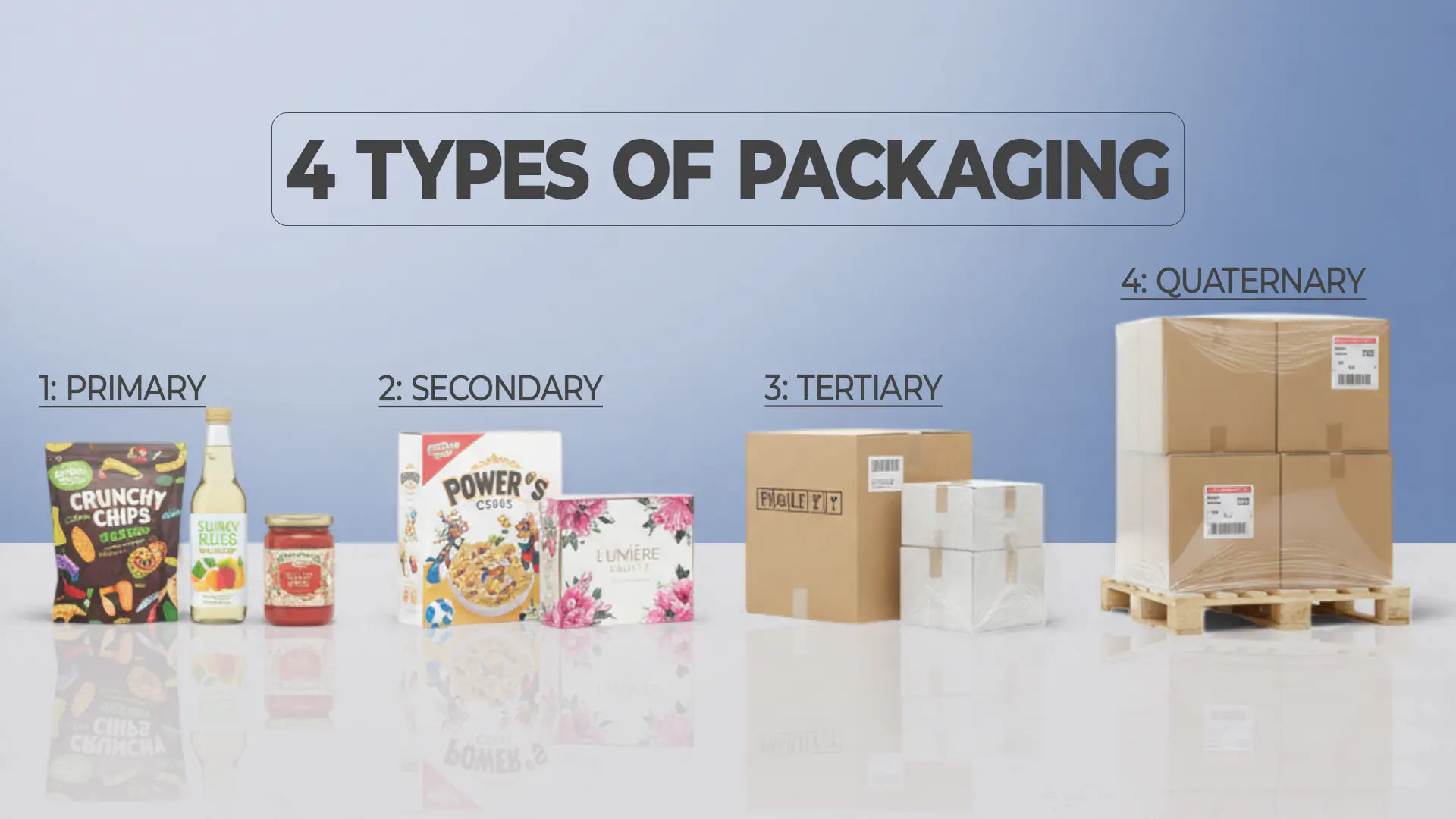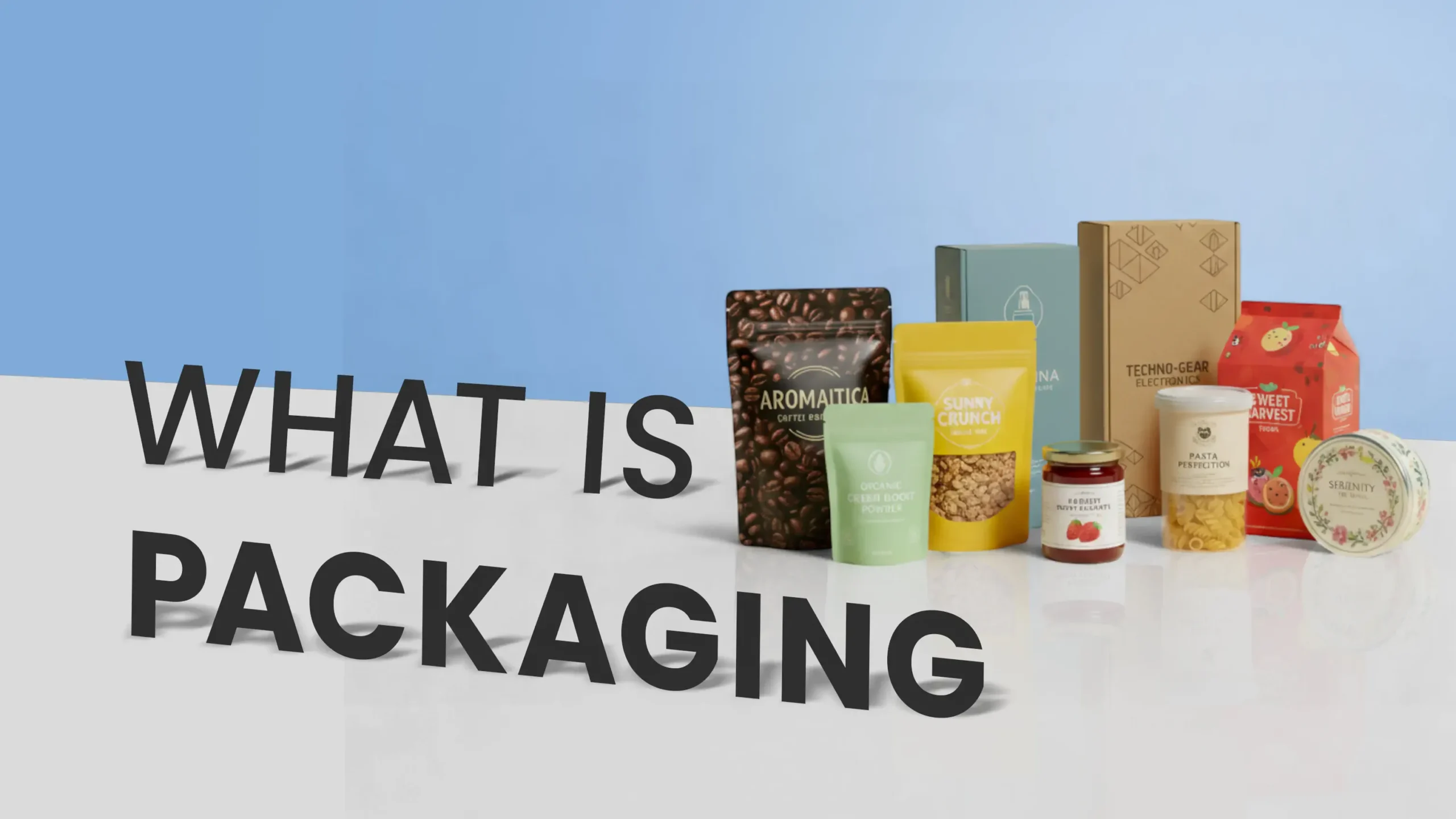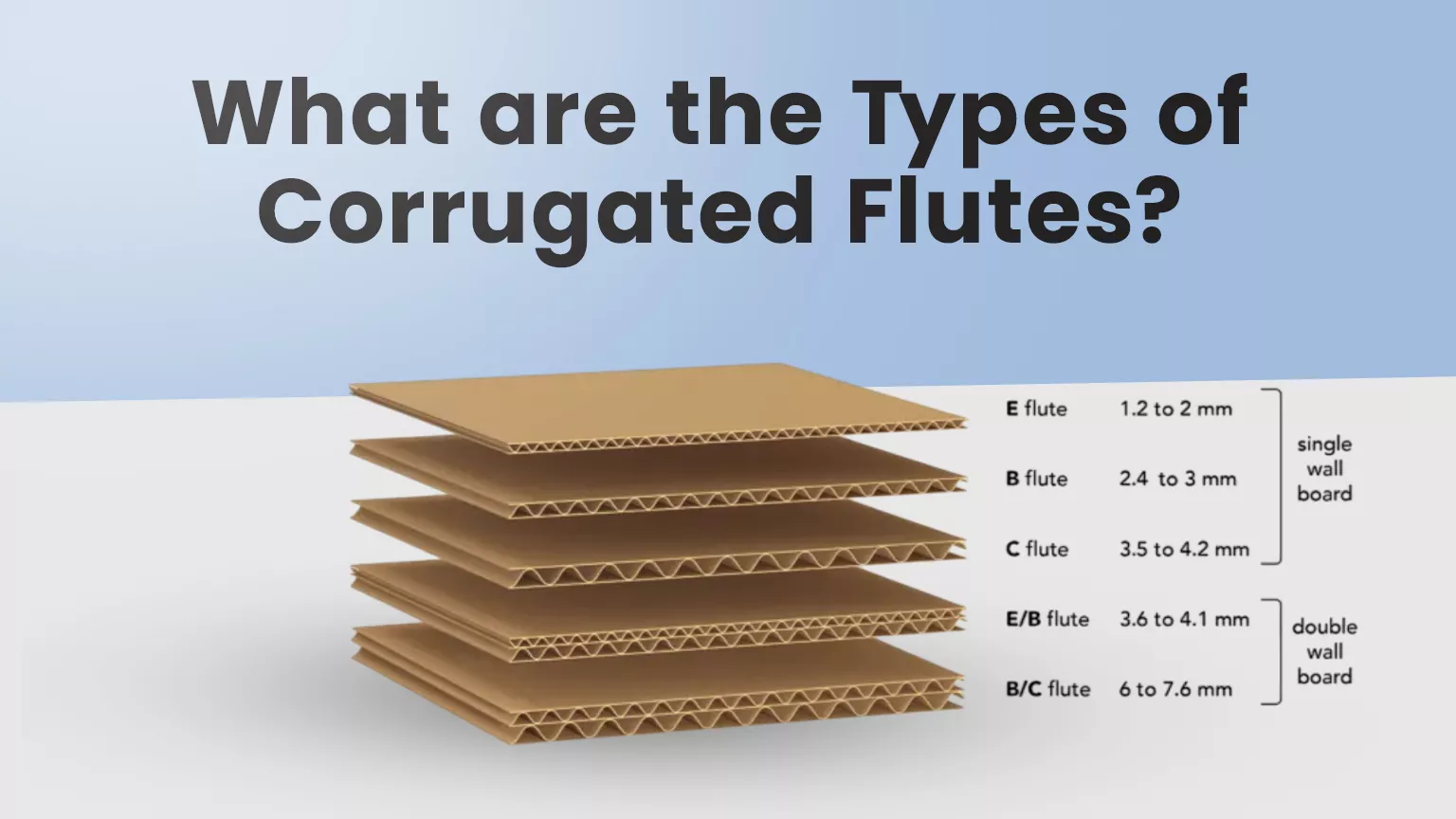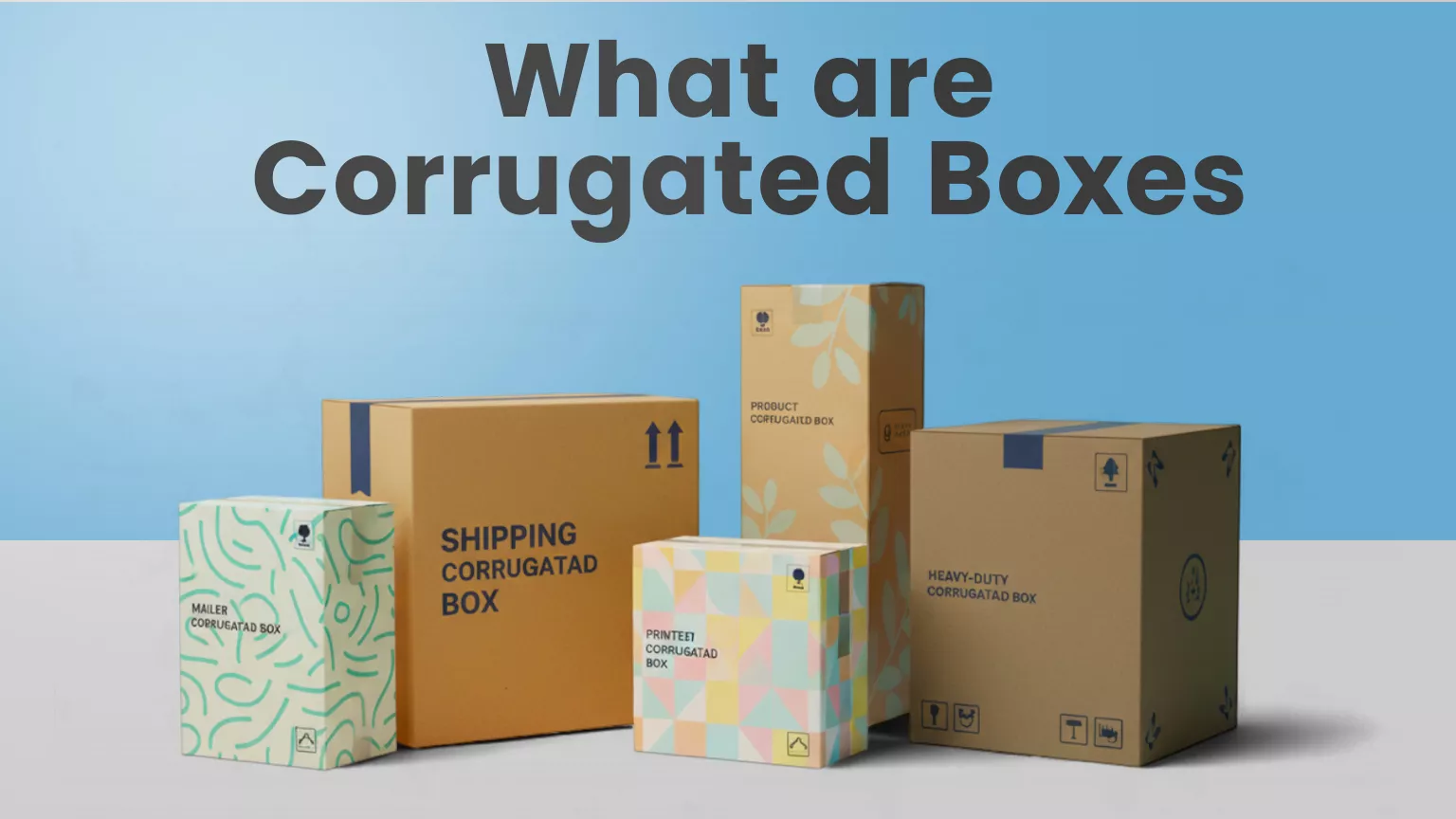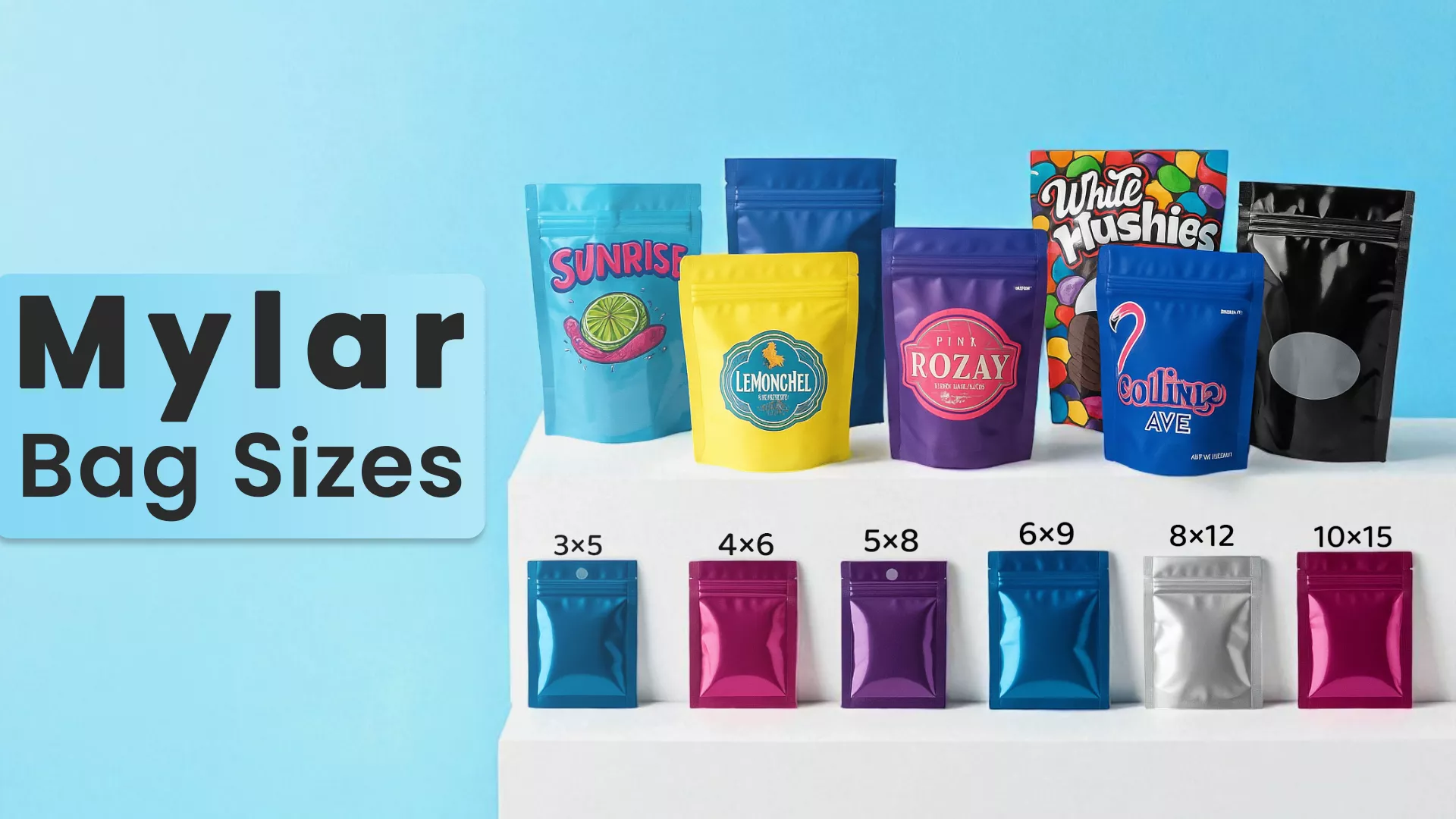Imagine a future where opening packages is simple. We need easy-to-handle packaging in our busy lives. Say goodbye to hard-to-open seals. User-friendly and eco-friendly packaging is here, making life simpler and reducing waste. Today, we’re diving into frustration free packaging, what it means, the key features that define it, and the benefits it presents for consumers and manufacturers.
What is Frustration Free Packaging?
Frustration free packaging is basically designed to simplify the unboxing process for customers. In today’s market people are looking for the packaging which is easy to open, no hassle and waste free.
This packaging is designed to improve customer experience and save more time. It helps the environment by cutting down on waste and promoting sustainable practices in the industry. This packaging usually comes in a recyclable box or envelope without extra wrapping like plastic bindings or wire ties.
What Does Frustration Free Packaging Mean?
Frustration-free packaging means minimizing waste and simplifying the process of opening and disposing of packaging. The main focus of this packaging is to use 100% recyclable materials to create easy packaging to open, use, and recycle.
Frustration free packaging meaning to ship more without extra boxes. This approach enhances customer satisfaction by providing a hassle-free unboxing experience and supports sustainability by significantly reducing packaging waste.
What is Frustration Free Packaging vs Standard Packaging
The difference between frustration free and standard packaging primarily revolves around their design approach, the materials used, and their environmental impact.
Frustration-Free Packaging (FFP): An Ecological Movement
Materials: FFP is leading the industry by using recyclable and environmentally friendly materials. With this packaging, companies can contributing our strong commitment to the planet’s health and reducing our footprint.
Businesses that promote eco friendly packaging, such as Elixir Packaging, are making a positive impact on the environment.
Design: FFP’s goal is to improve packaging so that customers are satisfied. The easy-to-open packaging design saves you from becoming frustrated trying to deal with tricky plastic and wire ties. Customers will find it easier to open their items as a result, which enhances their whole experience.
Impact on the environment: FFP’s natural material policy encourages recycling and minimizes waste. Customers who care about the environment are the reason behind this.
Standard Packaging: An Old Method with New Difficulties
Materials: There are a lot of materials utilized in traditional packaging, some of which can’t be recycled. It focuses on product protection and looks but may not be considered an environmentally friendly option.
Design: The primary goals of traditional packaging design are to attract clients into stores and protect products during transportation. But when clients face trouble in opening packages, they become more frustrated, a situation called wrap fury.
Environmental Impact: Traditional packaging does not participate in environmentally friendly design, which can have a poor effect on the environment by growing waste and making sustainability more difficult.
How Does Frustration-Free Packaging Benefit Customers?
Frustration free packaging offers several benefits, both for consumers and businesses:
1. Simplifying the Unboxing Experience:
One of the most important advantages of Frustration-free packaging is that it simplifies the unboxing process for clients. This packaging design is elegant and simple, avoiding excessive tape and plastic.

This helps businesses be more environmentally responsible and improves the customer experience. Customers can appreciate their new products without too much packaging
2. Enhancing Brand Reputation:
Frustration free packaging can improve the overall brand identity and customer satisfaction. When customers get a product in easy-to-open packaging, you care more about time savings and convenience.
This impression on customers can lead to more sales and recommendations for your brand’s growth and success. In today’s competitive market, frustration free packaging helps companies stand out as customer-focused brands.
3. Reducing Returns and Improving Sustainability:
Another critical benefit of Frustration-free packaging is that it reduces return orders and improves brand sustainability. Packaging Companies that use less material can decrease shipping and storage costs. It also reduces waste.
This type of packaging lowers the risk of products getting damaged during shipping. This means fewer returns and exchanges, saving money and making the supply chain more sustainable.
KEY FEATURES OF FFP
Frustration-Free Packaging (FFP) makes it easier to open products and reduces environmental impact. Here are some of the key features.
1. Ease of Opening
FFP helps customers avoid wrap rage by making packaging easy to open without equipment like scissors or knives. This is done through the use of tear strips, more straightforward seals, or easy-to-remove adhesives. The purpose is to enhance customer satisfaction when they receive the product.
2. Minimal Use of Packaging Materials
FFP wants to reduce waste and environmental damage by using less packaging. This carefully designed packaging protects the product during shipping without using too much material.
This reduces waste and makes packing and shipping more efficient. Companies can save money on substances and shipping by doing this, which helps create a more sustainable business.
3. Ship in Own Container (SIOC)
The SIOC principle helps reduce packaging waste and make shipping more efficient. Products with FFP can be shipped in their containers, so there’s no need for extra boxes. This saves time and resources by simplifying the packing process and using less material.
SIOC packaging is made to fit better in shipping containers and trucks, which saves space and could reduce the number of trips needed to transport products. This helps lower carbon emissions from logistics.
4. Cost Efficiency
FFP simplifies the supply chain and saves costs for manufacturers and retailers. This is done by using less materials and improving packing and shipping. Consumers may pay less for products and get higher quality.
Using recyclable materials also can make a brand look environmentally friendly, attracting more loyal clients and growing market share.
Requirements Need to Satisfy the Customer
Simple packaging is essential to ensuring consumer satisfaction. People like packages that are simple to open and don’t contain extra stuff. Ensuring the product can be taken out easily without any problems or tools can make customers happy.
Another important part of simple packaging is having clear labels and instructions. Giving clients clear instructions on how to open and utilize the product may assure their understanding and happiness. Pictures or symbols can also help customers understand how to make their purchases quickly.
Strategies for Implementing FFP
To use Frustration free Packaging (FFP), companies need a plan that protects products and reduces waste while making customers happy.
1. Conduct a Packaging Audit
To make packaging easier for clients, start by reviewing your current packaging. Find strategies to use less or greener materials. Make sure clients can simply open the packaging and that the layout is cost-effective.
2. Engage with Suppliers
Work closely with packaging suppliers who are committed to sustainability and innovation. Suppliers can provide deep knowledge of the latest materials, designs, and technologies that can help achieve FFP objectives. Working together can help create unique solutions for your products and brand’s sustainability goals.
3. Optimize Design for SIOC
Emphasize your packaging design’s Ship in Own Container (SIOC) principle. This involves creating robust packaging to be shipped without additional boxing while being easy for customers to open.
Consider structural design changes that protect the product during transit with minimal material use. Implementing SIOC will significantly decrease waste and shipping expenses.
4. Integrate Customer Feedback
Gather and analyze customer feedback on your packaging. Understanding the customer’s unboxing experience can highlight areas for improvement and guide the development of more user-friendly packaging.
Customer feedback can be a powerful tool in refining packaging designs to better meet consumer expectations for ease of opening and minimal waste.
5. Test and Iterate
Before using new packaging designs, test them well to check if they protect the product and are easy to open. This testing can include dropping the package, shipping simulations, and having users try to open it. Use the test results to improve the design before using it widely.
Conclusion: Is Frustration-Free Packaging Worth It?
Overall, Frustrating packaging, minimal waste design and easy to open functionality make it worth buying. It focuses on making packaging more straightforward and reducing waste, benefiting consumers and the environment.
As we are more aware of our impact on the planet, frustration-free packaging is the future we need. Companies should fully adopt this idea and make it the standard for all products. Let’s work together to make frustration free packaging a reality for a more efficient and eco-friendly world.
FAQs
Why is Frustration-Free Packaging is Important?
Frustration-free packaging reduces waste, enhances the consumer experience, and minimizes the use of plastics and different dangerous materials.
Can I Recycle Frustration-Free Packaging Easily?
Yes, frustration-free packaging is often made from recyclable materials or materials that are easily biodegradable.
Do Products in Frustration Free Packaging Cost More?
Frustration-free packaging saves money by using fewer materials and easy designs, which lowers manufacturing and delivery costs.


